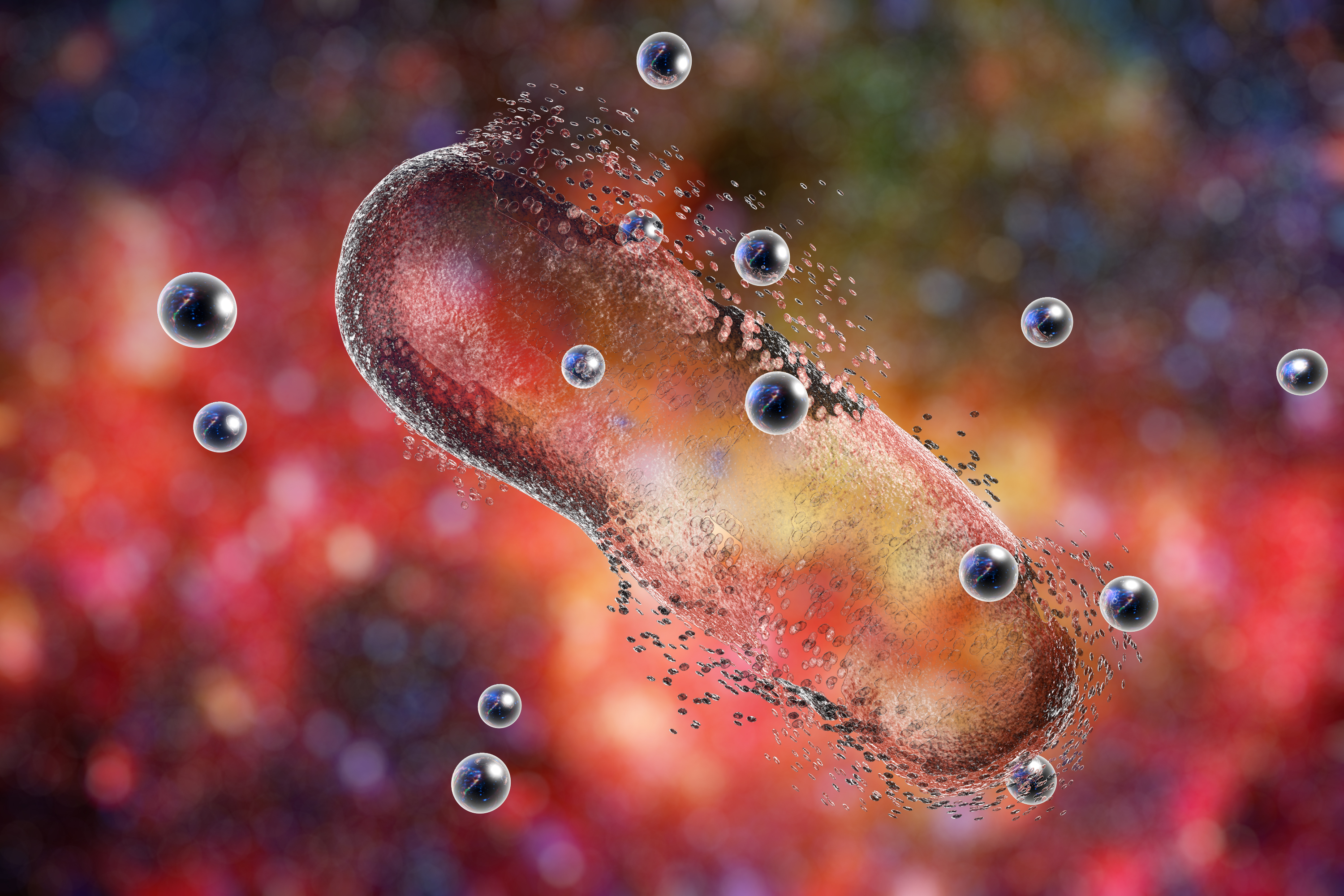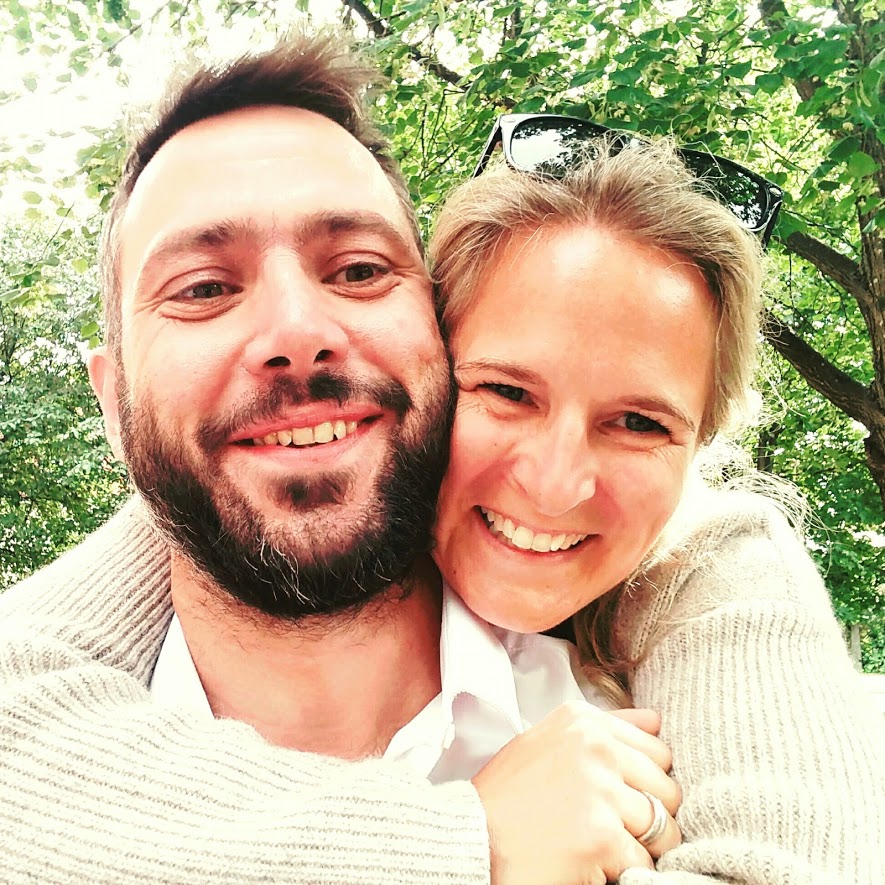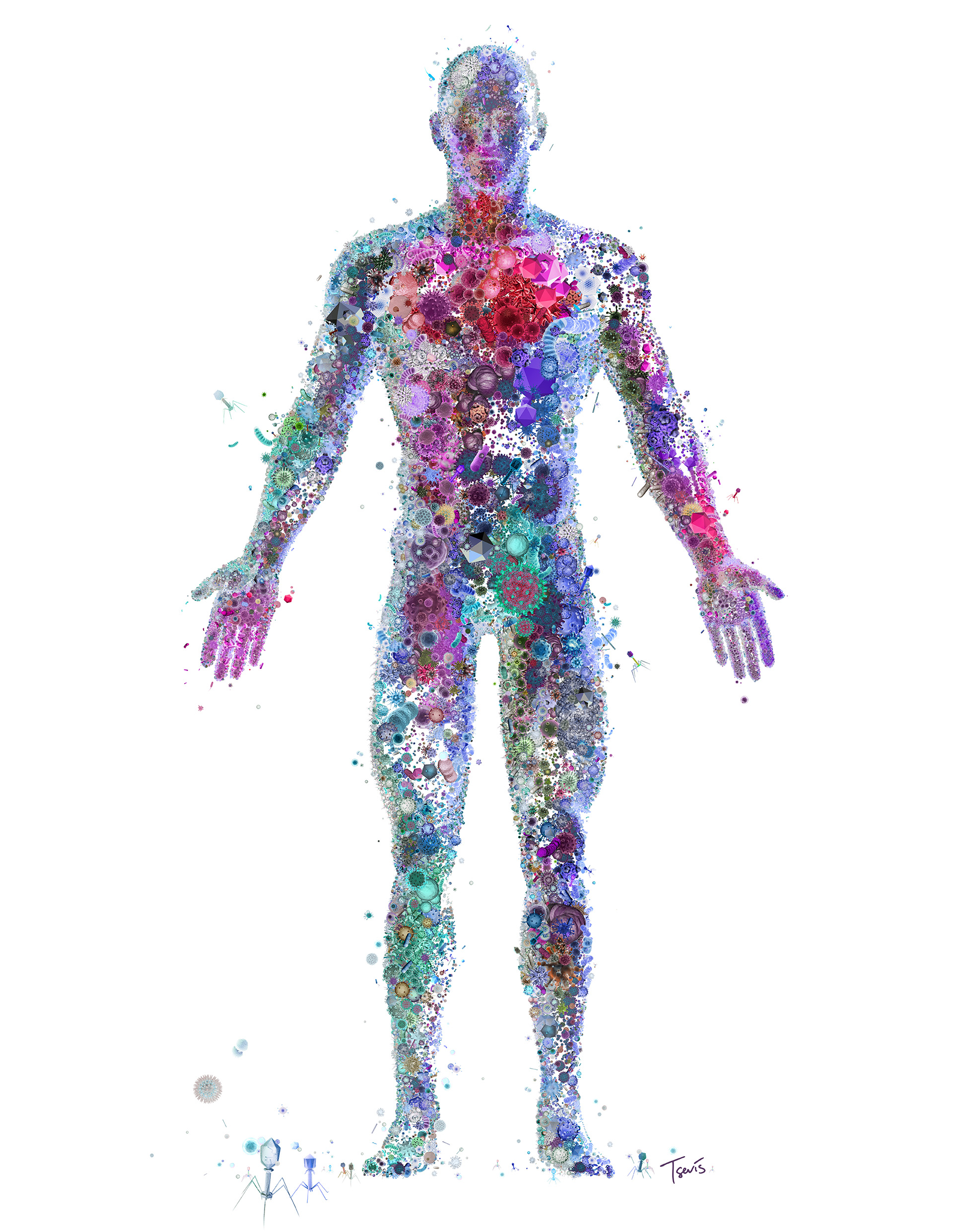How can you and I prevent antibiotic resistance?

Jessica Lönn-Stensrud, a microbiologist at Oslo University Hospital, states that there is a lot of scaremongering when it comes to bacteria. Although there are strains that can cause harm to humans, our lives would not be possible without them.
Not all bacteria are dangerous
Lönn-Stensrud says,
– Scaring people about antibiotic resistance has made us afraid of bacteria in general, which makes us try even harder to get rid of them. It is important to keep in mind that there are very few strains of bacteria that are actually harmful to us: maybe fewer than one per cent.
Without bacteria, life as we know it would not be possible. They create the oxygen in the atmosphere, and the chemical variations of nitrogen that plants need to survive:
– Sometimes we forget how much bacteria do for us. We would not have cheese without them!
Bacteria are everywhere: on our skin, pets, food, and belongings. We cannot avoid them, but as very few of them are harmful, there is no need to avoid them either.
Microbiologist Joe Latimer from the University of Salford, Manchester, tells us that people have a natural collection of bacteria living in and on their bodies—a microbiota—that helps them to stay healthy. Latimer explains,
– Some of the bacteria that live on our skin attack bacteria that are not a part of our microbiota to prevent them from spreading. This again prevents us from becoming ill. Some bacteria can also communicate with our immune systems, to tell them to get ready to defend against invading bacteria.
Both Latimer and Lönn-Stensrud point out that it is necessary to maintain good hygiene, but that there is no need to use antibacterial and disinfecting soaps every time you wash your hands. Such soaps not only kill the bad bacteria that can cause harm, but also the good bacteria that keep you healthy. Lönn-Stensrud underlines,
– Regular soap and hot water does the trick when trying to get rid of the bacteria you don’t want.
How bacteria become resistant
Latimer explains,

– Many strains of bacteria produce their own antibiotics that they use for communication and to compete with each other. The fight for survival is always hard, and like other living organisms, bacteria have evolved over time to adapt to changes.
That one strain of bacteria is resistant to a kind of antibiotic drug is not in itself dangerous, nor unusual. There are several kinds of antibiotic drugs that inhibit bacteria in different ways, which means that not all types of antibiotics have an effect on all bacteria. Latimer elucidates,
– Some bacteria develop enzymes and so on, which break down antibiotics, while others develop a special pumping system that ensures that the level of antibiotics never gets high enough to have an effect. Some evolve mechanisms that block antibiotics from being absorbed, and others develop alternative targets for the antibiotic to attack.
Antibiotic resistant bacteria evolve through natural selection, and often as a response to the use of antibiotics. Latimer explains that when we discovered and started to use antibiotics about ninety years ago, we exerted a selective pressure on certain bacteria, which pushed natural selection faster. He adds:
– When we are ill and we take antibiotics, we kill 99.99 per cent of the bad bacteria, along with a lot of others. The small percentage left consists of the bacteria that the antibiotic did not have an effect on. These are than free to grow and pass on their genes to other bacteria. If this is repeated enough times, we could be left with many strains of multi-resistant bacteria. Bacteria become resistant through proper use, improper use, and overuse of antibiotics. It is therefore important that we limit improper use and overuse, as found in animal farming and in ‘quick-fix’ use when we are ill.
Not declared at customs
Joining this debate is Vigdis Broch-Due, the Scientific Director of the Centre for Advanced Study (CAS):
– Resistance to antibiotics may cause infections that are harmless today to become lethal in the future.
Broch-Due states that people often fail to see the collective consequences of their choices. The fact that we as individuals have access to a resource does not mean we have to use it all:
– As individuals, we want the benefits, but not the responsibility that follows.
Lönn-Stensrud agrees, and adds that antibiotic resistant bacteria have to be regarded as medical, ethical, and economic problems:
– Medically, we do not have treatments for several [types of] bacteria today, and there are no new medicines in sight. Ethically, my generation’s use of antibiotics has left the next with limited or no access to effective antibiotics. And the economic challenge will be to find someone to pay for the discovery and production of a new drug that will have restricted use.
In the EU, US, and Australia, regulations have led to more careful use of antibiotics, but the same cannot be said for use in developing countries. Latimer observes,
– We do not know how antibiotics are being distributed and used, and where this is happening. We have no way of monitoring it, but we do know it is easy to get hold of and use them in some parts of the world.
Lönn-Stensrud adds,

– Bacteria know no borders. They are not stopped at customs. They travel with us and our imported and exported goods. This makes antibiotic resistance a global problem that we have to solve together.
She believes that part of the solution is to teach people across the world more about bacteria so that they can learn to see the value of them. Education and knowledge will hopefully lead to a better understanding, which will help to limit the use of antibiotics.
What can I do to help?
During the YoungCAS workshop held at CAS earlier this summer, researchers from across the world met to discuss the issue of antibiotic resistance. Here, both Lönn-Stensrud and Latimer talked about the lives and value of bacteria, and encouraged people to change their attitude towards them. Lönn-Stensrud says,
– We know that a lot of people feel the pressure to get back to work quickly, whether they are sick themselves or their children are. It is tempting to take antibiotics in such situations. We have to make it OK to stay at home an extra day or two in order to get better on our own.
Latimer agrees, and adds that this is something everyone can contribute to. He also reminds us of how damaging antibiotics can be:
– Our bodies consist of more bacterial cells than human cells. In this sense, we are more bacteria than human! When we take antibiotics, the bacterial parts of us that help us stay healthy are also killed. So, do not ask your doctor for antibiotics unless it is absolutely necessary.
Lönn-Stensrud encourages people to get vaccinated, as this will make our immune system better equipped to fight diseases. Through vaccination, weak or dead infectious agents are injected into the body to make antibodies to fight the disease:
– This will prevent us from becoming ill in the first place, which in turn will cause us to use antibiotics less.
By Camilla Kottum Elmar